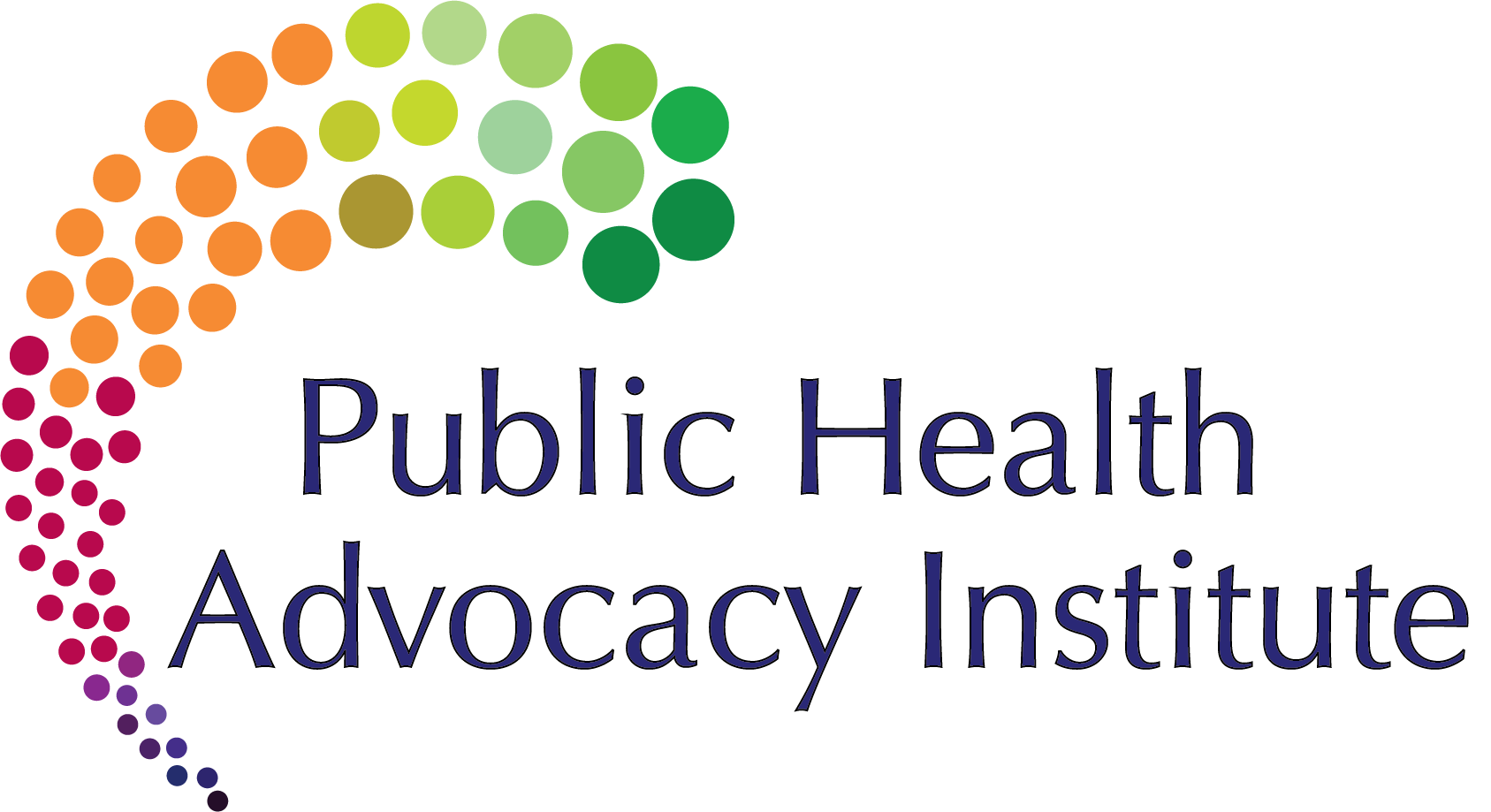For Immediate Release
Mark Gottlieb, executive director of the Public Health Advocacy Institute at Northeastern University School of Law in Boston states:
“Today’s ruling leaves the FDA in a very difficult position as it seeks to execute the intent of Congress which specifically called for large graphic warnings on cigarette packs. By this Court’s logic, the small Surgeon General textual warnings might also violate the cigarette companies’ rights to commercial free speech because there is inadequate scientific proof that those labels reduce smoking rates. Surely a product that addicts and kills nearly a half million Americans each year is one that demands warnings that garner serous attention by consumers. Todays’ decision is an improper imposition of the Court’s judgment in public health matters over that of the FDA’s evidence-based approach. Ultimately, an appeal to the U.S. Supreme Court, although risky, seems inevitable. “
The case is R.J. Reynolds Tobacco Company, et al. v. Food & Drug Administration, et al. (No. 11-5332).
Download the decision here.
U.S. Court of Appeals for DC Circuit deals painful blow to FDA, public health and consumers
Today the U.S. Court of Appeals for the D.C. Circuit, in a 2-1 ruling, affirmed the February 29, 2012 ruling of Judge Richard Leon that stopped the U.S. Food and Drug Administration (FDA) from implementing regulations to require large graphic warnings on cigarette packs and on all cigarette advertising. The Court ruled that requiring the five cigarette companies bringing the lawsuit to include the 9 graphic images selected by the FDA violated their First Amendment rights.
Questions about the how much the government can limit the speech of corporations and, in this case, how much the government can compel speech by corporations, evolved over time through decisions issued the U.S. Supreme Court. Different standards apply depending on the circumstances. At issue in this case is which standard is appropriate.
The District Court applied a standard known as strict scrutiny which is the most stringent standard. It is generally used when state action affects fundamental Constitutional right is threatened. Here, the Court of Appeals used the Central Hudson Intermediate Scrutiny Standard. This standard requires the government to show that: a) it has a important interest in the issue at hand; b) that the regulation directly advances that interest; and c) that the restriction on speech is no more extensive than required to achieve its purpose. The Court of Appeals found that the FDA failed to demonstrate adequately that the graphic warnings would achieve its interest in reducing smoking rates through scientific evidence. It also found that an alternative government interest in effectively communicating health information to consumers is too vague to qualify as a substantial government interest.
The alternative standard that could have applied is known as the Zauderer standard. This standard allows disclosures to be required so long as they are reasonably related to the government’s interest in preventing consumer deception. The Court of Appeals today relied on decisions that held that without such disclosures there is a serious risk that consumers will be misled. Then the Court notes that in the legislation that gave the FDA authority of cigarettes (the Family Smoking Prevention and Tobacco Control Act of 2009) several provisions were included to protect consumers from deception such as prohibiting cigarette makers from using descriptors such as “light” or “mild.” Because Congress included those provisions and said nothing about cigarette packaging or advertising being inherently deceptive, it ruled that the Zauderer standard did not apply. The majority opinion was written by Judge Janice Rogers Brown who was joined by Senior Circuit Judge A. Raymond Randolph.
In a vigorous dissent written by Judge Judith W. Rogers, it is argued that the Court should have applied the Zauderer standard because the warnings are provided to address misleading commercial speech. She cites to the landmark decision U.S. v. Philip Morris that found the industry liable for violating federal racketeering law and states that it is “beyond dispute that the tobacco companies have engaged in a decades-long campaign to deceive consumers . . .” The government must only show that the targeted speech creates a possibility of deception where misleading commercial speech is involved and the Zauderer standard of review, which FDA would be able to meet, should apply.
The result is that the regulations for implementing the graphic warnings are rendered void and the matter is referred back to the FDA. The agency can now appeal this decision and seek an en banc review by the full D.C. Circuit Court of Appeals, appeal to the U.S. Supreme Court, or accept the ruling. Were it to appeal the ruling, it could result in a reversal which would allow the warnings to go forward or it could result in a Supreme Court decision that could limit the ability of government to require disclosures or warnings that go well beyond cigarettes and expand the boundaries of commercial free speech.
Conceivably, FDA could begin the rulemaking process again and try to state the government interest in a manner that would not require the precise type of scientific evidence of effectiveness that the Court deemed necessary in today’s ruling. Some of the graphic images could be replaced with others that might be more in keeping with the Court’s requirement for communication information rather than “ideology,” which was referred to in its opinion. Those rules would inevitably result in new litigation by the plaintiffs in this action but could yield a better result. However, today’s decision, which goes against the best practices internationally in public health approaches to tobacco and creates an extremely onerous standard of review for warnings might be just bad enough to justify the risk of an appeal.

